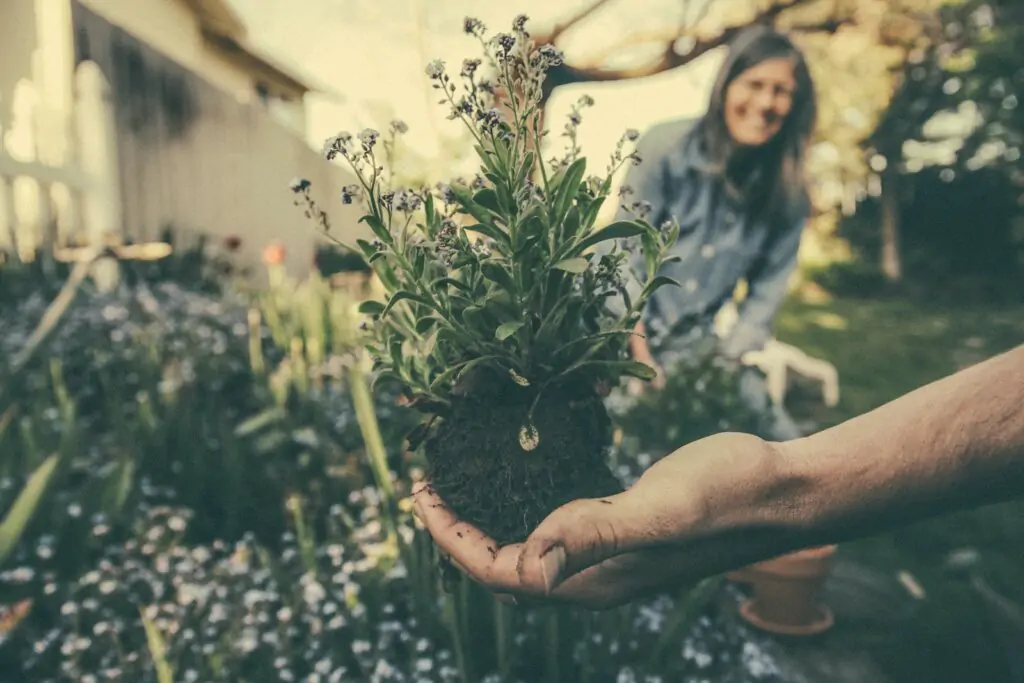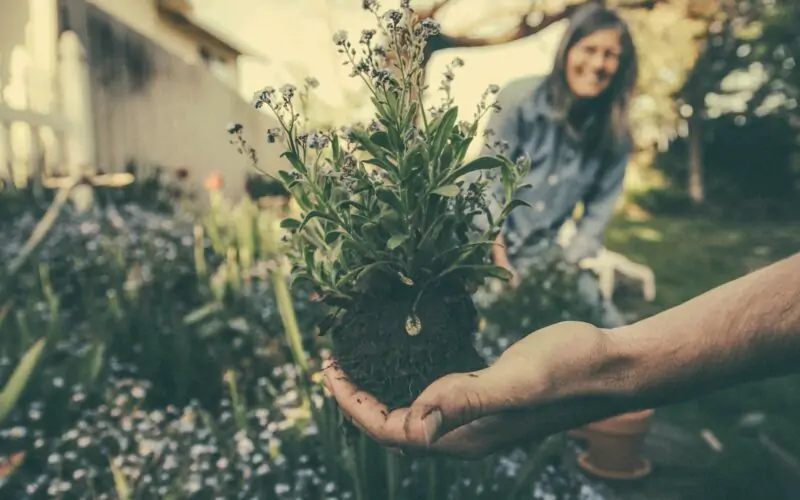You want to learn How to Plan a Garden right? Good! You're in the right place. Creating a garden is not just about planting a few flowers and hoping for the best. It's an art that involves careful planning, creativity, and a touch of science.
Whether you're a seasoned gardener or a beginner, this guide will walk you through the steps to plan and design your garden, ensuring a vibrant and flourishing outdoor space.
Planning a garden can be a fun and rewarding experience; so we're going to discuss important tips on how to plan a garden.
So, let's dive into the world of gardening and explore how to plan a garden that reflects your unique style and preferences. We'll also look at some key steps you can take to ensure that your garden is a success.
READ ALSO: How to Make a Homemade Air Freshener
Essential Tips on How to Plan a Garden

Assess Your Space and Climate
Before you start digging, take a close look at your garden space and understand its unique characteristics. Consider factors like sunlight exposure, soil type, and climate conditions.
These insights will help you select the right plants that thrive in your environment.
Set Clear Goals
Ask yourself, “What do I want from my garden?” Are you aiming for a serene retreat, a vegetable haven, or a colorful flower paradise? Setting clear goals will guide your planning process and help you make informed decisions about plant choices, layout, and design elements.
READ ALSO: How to Start a Side Hustle with Your Hobby
Choose Your Plants Wisely
Selecting the right plants is crucial for a successful garden. Research local flora and opt for native plants that are well-suited to your climate.
Mix various plant types, such as perennials, annuals, shrubs, and trees, to create visual interest and ensure year-round beauty.
Design the Layout
Your garden's layout determines its flow and visual appeal. Divide your space into functional zones, like seating areas, pathways, and planting beds.
Incorporate design principles such as symmetry, focal points, and balance to create a harmonious and inviting layout.
Plan for Seasons
A well-thought-out garden transitions seamlessly through the seasons. Integrate plants that bloom at different times to maintain color and vibrancy throughout the year. Consider evergreen plants for year-round structure and pops of color during the colder months.
READ ALSO: How to Make Cleaning Products of Your Own
Consider Companion Planting
Certain plants thrive when grown together due to their complementary characteristics. Research companion planting strategies to improve pollination, deter pests, and enhance soil fertility.
For instance, pairing tomatoes with basil can benefit both plants.
Prepare the Soil
Healthy soil is the foundation of a thriving garden. Test your soil's pH and nutrient levels to determine its condition. Amend the soil with organic matter like compost and mulch to improve drainage, aeration, and fertility.
Hardscape Elements
Incorporate hardscape elements like pathways, fences, and garden structures. These features add structure and visual interest to your garden. Use materials that complement your overall design, whether it's rustic stone, sleek metal, or warm wood.
READ ALSO: How to Make a Homemade Shampoo
Choose Appropriate Tools and Equipment
Having the right tools and equipment makes gardening tasks more efficient and enjoyable. Invest in quality gardening tools like spades, pruners, and gloves.
Consider ergonomic designs that reduce strain during long hours in the garden.
Watering System
A reliable watering system is essential to keep your plants hydrated and healthy. Install an irrigation system that delivers water directly to the roots, minimizing water waste and ensuring even distribution.
Plant with Care
When planting, follow spacing guidelines to prevent overcrowding. Dig holes slightly larger than the plant's root ball and gently tamp the soil around it.
Water newly planted plants thoroughly to help them establish roots.
READ ALSO: How to Make a Homemade Lip Balm
Regular Maintenance
Gardens require ongoing care to flourish. Regularly prune, deadhead, and weed your garden to maintain its beauty. Monitor for pests and diseases, and take prompt action if any issues arise.
Attract Beneficial Wildlife
Invite pollinators and beneficial insects to your garden by planting native flowers and providing shelter. Create a welcoming habitat for birds, bees, butterflies, and other creatures that contribute to your garden's ecosystem.
Embrace Sustainability
Design your garden with sustainability in mind. Incorporate eco-friendly practices like composting, rainwater harvesting, and using organic fertilizers. Minimize chemical use to create a healthier environment for both your plants and the ecosystem.
Implement Personal Touches
Infuse your garden with your personal style and creativity. Add decorative elements like garden art, sculptures, or wind chimes.
Choose colors and textures that resonate with you, creating a space that feels uniquely yours.
READ ALSO: How to Make a Terrarium
Frequently Asked Questions (FAQs)
How much sunlight do most plants need?
Most plants thrive in full sunlight, which equates to about 6 to 8 hours of direct sunlight per day. However, some shade-loving plants can tolerate less light.
Can I start a garden if I have limited space?
Absolutely! Even a small balcony or window sill can host a thriving garden. Consider container gardening or vertical gardening techniques to maximize your space.
What's the best way to prevent weeds from taking over my garden?
Mulching is an effective way to suppress weeds. Apply a layer of mulch around your plants to block sunlight and prevent weed growth.
Additionally, regular weeding helps keep them in check.
How often should I water my garden?
The frequency of watering depends on factors like soil type, weather conditions, and plant species.
Generally, it's best to water deeply and less frequently to encourage deep root growth.
What are some low-maintenance plant options for beginners?
Succulents, lavender, and ornamental grasses are great choices for beginners.
These plants require minimal care and can thrive in various conditions.
How do I attract butterflies to my garden?
Plant nectar-rich flowers like coneflowers, milkweed, and butterfly bush. Providing a water source, like a shallow dish with rocks, also attracts butterflies.
READ ALSO: How to Become Successful in Life | Practical Life Tips
In Summary
Planning a garden is a rewarding journey that allows you to connect with nature and express your creativity. By following the steps outlined in this guide, you'll be well-equipped to design and create a garden that brings joy, beauty, and tranquility to your outdoor space.
Remember, each garden is a unique reflection of its creator's vision, so let your imagination flourish along with your plants. With a little planning and care, you can create a beautiful and bountiful garden that will bring you joy for years to come. Happy gardening!
Thank you for reading our article today! Please remember to share this article on social media to help others benefit too. It also helps us improve our algorithm and relevance to the public. Thanks for Sharing!!! Follow us on Socials: Facebook - LinkedIn - Twitter
Discover more from Internet Parrot
Subscribe to get the latest posts sent to your email.










Comments are closed.